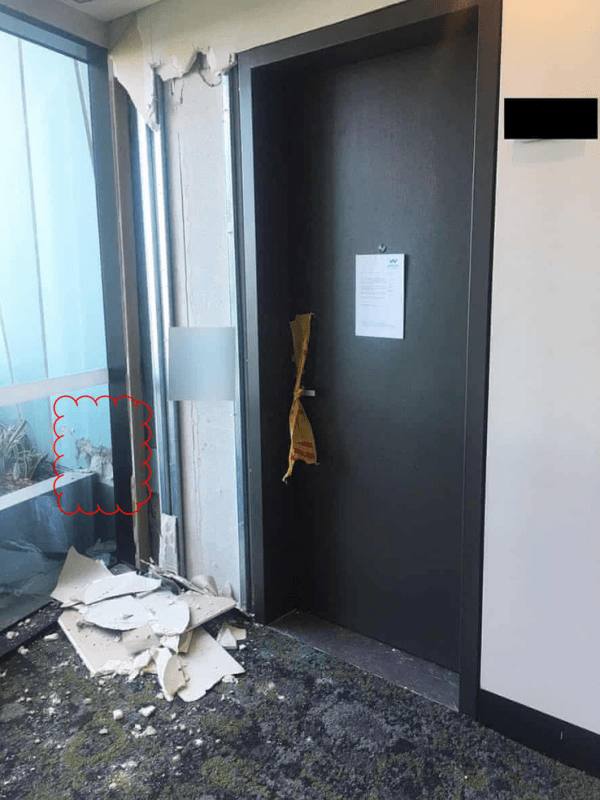CivilEngAus
Civil/Environmental
- Jun 8, 2014
- 47
This could be an interesting and developing story in Sydney Australia. A 34 storey near new residential apartment tower in Sydney has been evacuated this afternoon over fears it is in structural distress with cracking noises heard during the day and one or more cracks developing; emergency services are treating it as a major incident.
Given we already have some of the toughest building codes in the world (although little to no registration requirements for engineers) it will be interesting to see how this plays out and what the crack(s) looks like to cause such a major emergency response.

